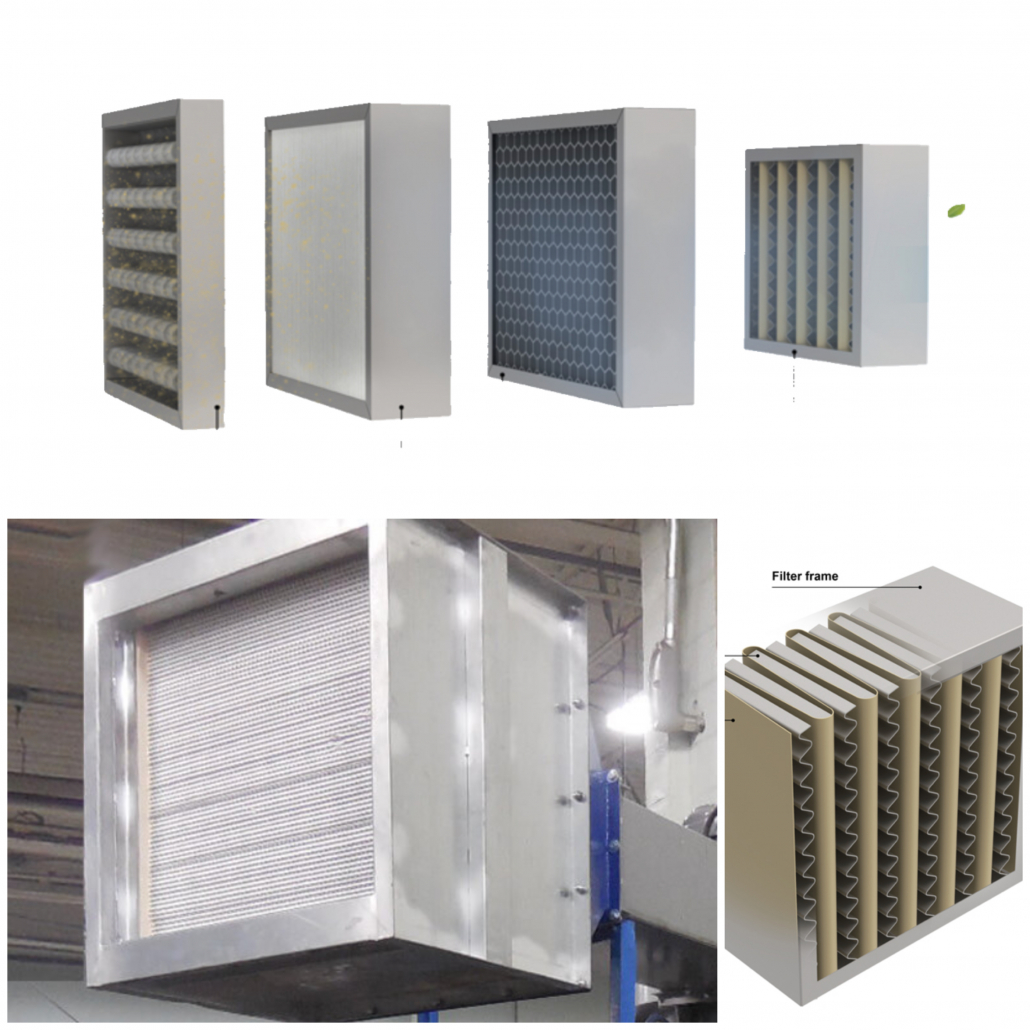Next year the Chinese government will update its method of measuring particulate pollution (dust pollution). However these figures will not be released to the public until “an appropriate time” according to the government.
December 30th, 2011 Baghouse.com News | After years of being derided for its views on air pollution by international and domestic environmentalists, as well as its own people, the Chinese government has conceded to change the way it measures particulate matter pollution (the amount of dust particle pollution in the air) to a stricter standard known as PM 2.5.
The PM 2.5 standard, which is used by most industrialized countries including the U.S. and the E.U., measures airbourne dust particles that are 2.5 microns in size or larger. Currently, China uses the older PM 10 standard that only measures particles larger than 10 microns in size.
Research has shown that the smaller particles are the ones that pose the greatest danger to humans, since their small size allows them to penetrate deep into the lungs.
Particulate matter is generated in many ways, the largest of which are from automobile exhaust and heavy industrial sites.
In the U.S. large industrial sources of PM 2.85 such as coal-fired power plants are required to install and maintain dust collection systems such as baghouses to capture dust pollution before it escapes into the atmosphere.
China, ever the target of environmental criticism, has regularly been attacked by environmental NGOs, as well as foreign governments for allegedly underreporting its air quality situation. The difference is highlighted in its capital of Beijing by the stark contrast between the official government reports, and the regular readings taken by the U.S. embassy which, it then publishes daily on Twitter. The official government air quality reports are consistently orders of magnitude lower than the readings issued by the U.S. embassy. At times the government reports the air pollution as being only “slight” while the U.S. embassy reports readings of “very hazardous” or “beyond index” on the same day. Needless to say, this is somewhat of a sore spot between the two countries, one that might see improvement once the Chinese government adopts the new measurement standards.
Is Changing To The PM 2.5 Standard The First Step?
While the change to PM 2.5 is encouraging, it alone does not signal a new environmental resolve on behalf of the government. The new measurement system will only be used in large cities, and then the entire country starting in 2015 stated Environment Minister Zhou Shengxian in state owned the People’s Daily. The environmental ministry claims the timeframe is required to prepare for new equipment and personnel.
So while this step is encouraging, and does signal a acknowledgment of the complaints of residents and environmental activists alike, until China adopts stricter air pollution control policies, and pushes for the adoption of pollution control equipment such as dust collection systems in its factories, the amount of particulate pollution in China, no matter how its measured, will continue to adversely affect the lives of all who reside there.
About the Author
| Dominick DalSanto is an Author & Environmental Technologies Expert, specializing in Dust Collection Systems. With nearly a decade of hands-on working experience in the industry, Dominick’s knowledge of the industry goes beyond a mere classroom education. He is currently serving as Online Marketing Director & Content Manager at Baghouse.com. His articles have been published not only on Baghouse.com , but also on other industry related blogs and sites. In his spare time, Dominick writes about travel and life abroad for various travel sites and blogs.






